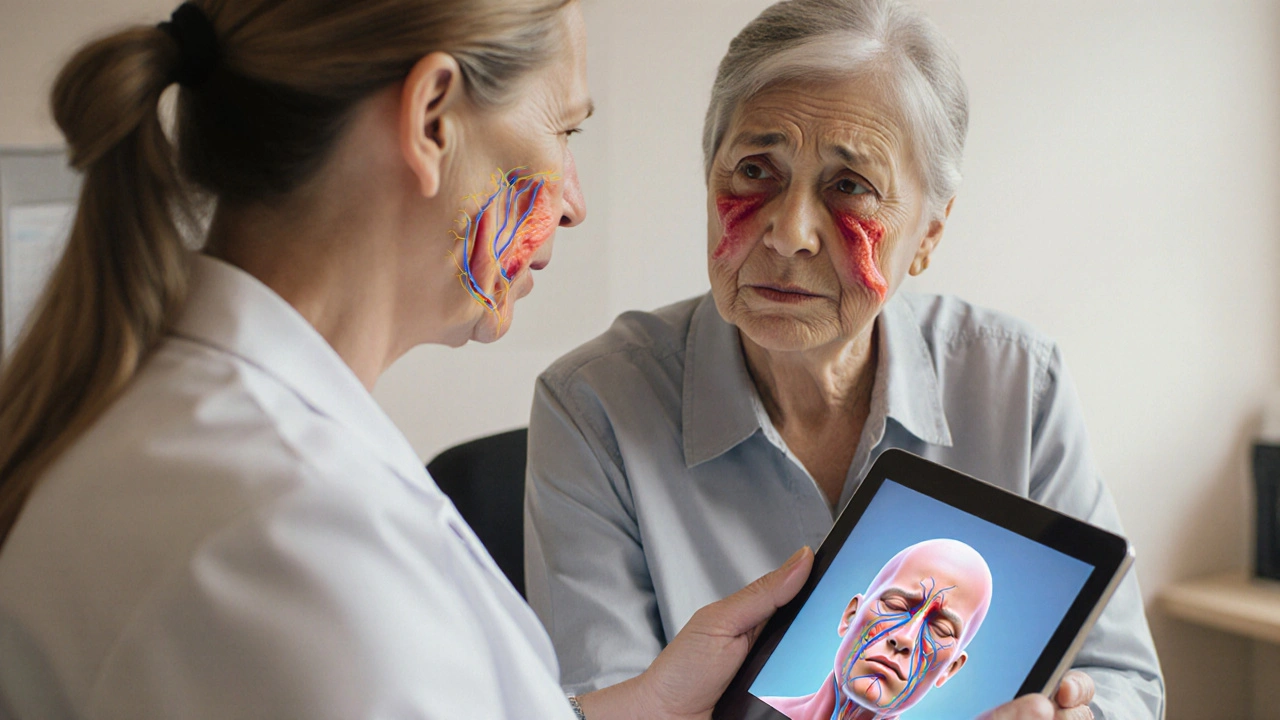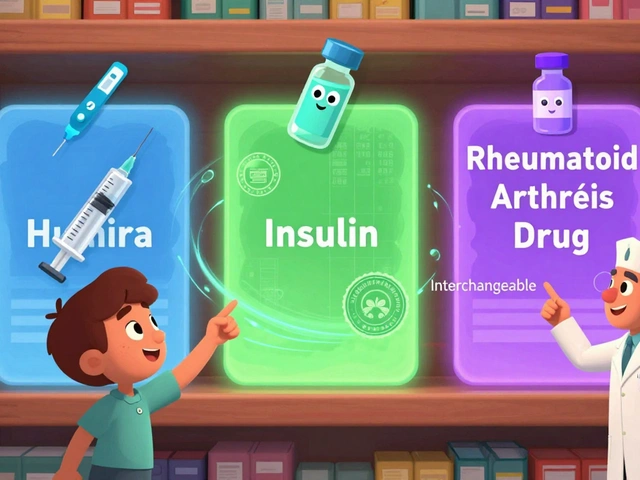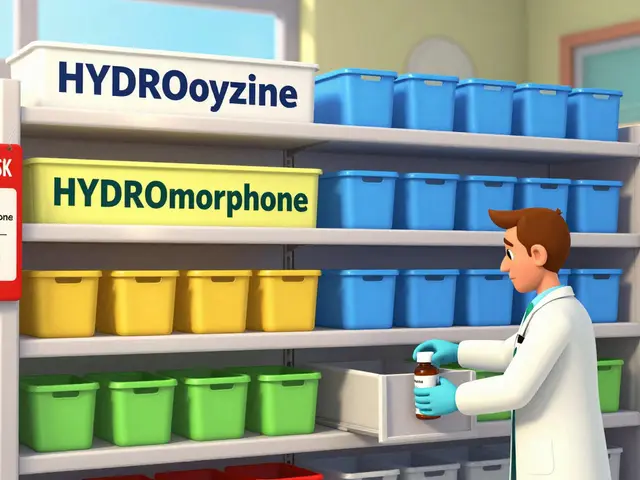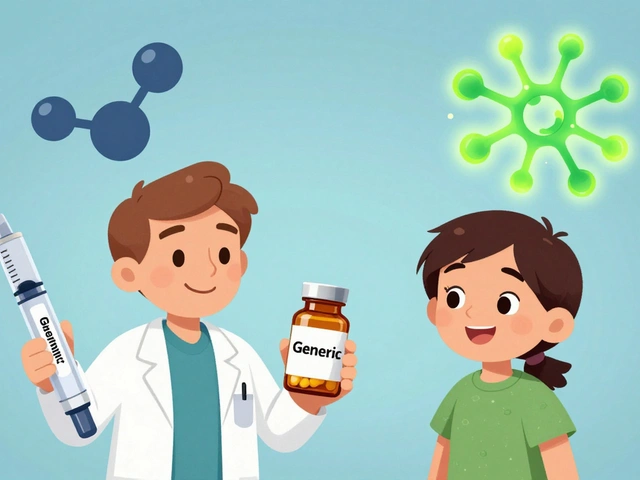Drug-Triggered Angioedema
When dealing with drug‑triggered angioedema, a sudden swelling of skin and mucosal tissues caused by certain medications. Also known as medication‑induced angioedema, it can affect the face, lips, tongue, or airway and may become life‑threatening if the airway closes.
One of the most common culprits is ACE inhibitors, a class of blood‑pressure drugs that block the conversion of angiotensin I to II and increase bradykinin levels. Another frequent trigger is NSAIDs, pain relievers that can interfere with prostaglandin pathways and precipitate swelling. While these drug‑induced cases often mimic hereditary forms, a key differentiator is the presence of C1 esterase inhibitor deficiency, a genetic or acquired lack of the protein that normally controls complement activation. Recognizing the trigger quickly is crucial because drug‑triggered angioedema requires immediate cessation of the offending drug and, in many cases, urgent medical treatment.
How It Happens and How to Spot It
The pathophysiology rests on uncontrolled release of vasoactive mediators like bradykinin and histamine, leading to fluid leaking from blood vessels into deep tissue layers. Unlike typical allergic reactions that show hives or itching, drug‑triggered angioedema often appears without skin rash, making history taking vital. Clinicians look for a recent start or dosage change of a known trigger, assess the timing of swelling episodes, and may order blood tests for C4 levels or C1 inhibitor activity to rule out hereditary angioedema. When the swelling compromises breathing, emergency treatment with airway management, oxygen, and targeted agents such as icatibant (a bradykinin‑B2 receptor antagonist) or ecallantide (a kallikrein inhibitor) can reverse symptoms within minutes.
Beyond the acute phase, long‑term management focuses on drug avoidance, patient education, and having an emergency action plan. Patients should carry a written list of offending medications, wear medical alert jewelry, and know when to use self‑injectable therapies if prescribed. In many health systems, pharmacists play a key role in reviewing medication lists and flagging high‑risk drugs, especially for patients with a prior episode.
Below you’ll find a curated collection of articles that dive deeper into specific triggers, diagnostic algorithms, and the latest treatment options for drug‑triggered angioedema. Whether you’re a patient seeking practical advice or a clinician looking for up‑to‑date guidelines, the resources ahead will help you navigate this complex condition with confidence.






